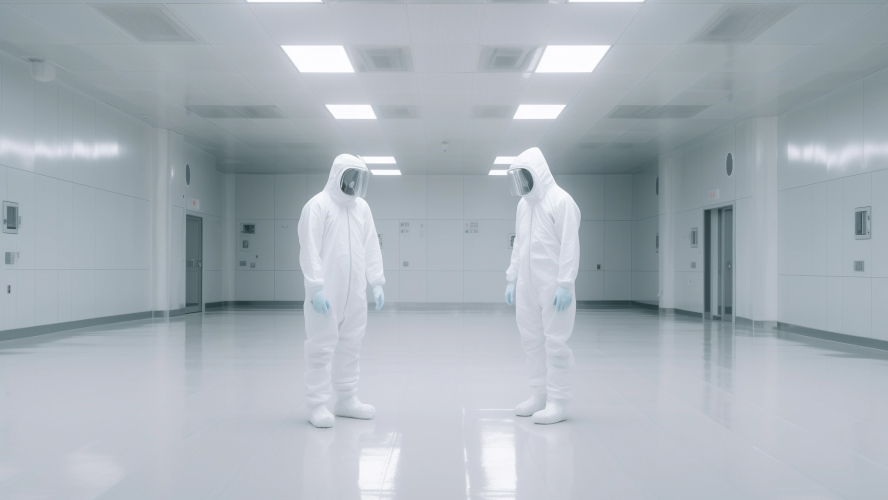When cyber attackers strike, speed isn’t everything. Restoring quickly from compromised data simply reintroduces the threat, creating a vicious cycle of infection and reinfection.
I recently wrote a whitepaper with my colleagues from Kyndryl titled, Redefining Cyber Recovery: Introducing Mean Time to Clean Recovery (MTCR) where we introduced a fundamental shift: measuring how fast you can restore from clean, verified data rather than just any available backup.
Here are the five critical steps that determine your organization’s MTCR:
-
Establish a clean environment to recovery into.
The problem: Recovery to an infected infrastructure will simply reinfect your restored systems.
The solution: Isolated Recovery Environments (IREs) or cleanrooms – compute and storage infrastructure physically or virtually separated from production environments where attackers never had access.
Reality check: Without an IRE, modern forensic teams need 24 to 72 hours to certify complex hybrid environments as “clean.” Your MTCR automatically becomes measured in days, not hours.
-
Find clean data to recover from.
The hidden threat: Modern attackers operate in stealth for weeks before launching attacks, seeding malicious payloads throughout your environment – including backup systems.
The breakthrough: Automated scanning for Indicators of Compromise can help identify clean backup sets without the trial-and-error cycle of testing each backup until you find one that works.
Collaboration required: This step demands tight integration between SysOps teams (who manage backups) and SecOps teams (who understand current threats). Forensic analysis reveals attack signatures that must be fed into the scanning process.
-
Recover data in acceptable time.
The uncomfortable truth: Enterprise backup solutions often deliver “10+ hours per terabyte” recovery performance. Scale this to typical enterprise services requiring hundreds of terabytes, and you’re looking at weeks of recovery time.
The reality: Most backup infrastructure was designed for nightly incremental backups (5% data change), not full-scale business restoration (100% recovery).
The solution: Purpose-built cyber resilience platforms with high-performance recovery capabilities, combined with minimum viable company (MVC) prioritization – focusing on the critical 20% of services that enable 80% of business function.
-
Maintain data integrity across the platform.
The challenge: Enterprise systems don’t exist in isolation. During recovery, systems restored from backups taken at different times create data integrity nightmares.
Example scenario:
- Customer database: Tuesday 3 a.m. backup
- Billing system: Monday 11 p.m. backup
- Inventory system: Wednesday 6 a.m. backup
Result: Orders for customers who don’t exist, invoices for products not in inventory.
The Process: Restoration sequencing based on dependencies, data reconciliation across integrated systems, and comprehensive consistency checks before production return.
-
Test before production return.
The rush trap: Under pressure, IT teams often rush systems back online without comprehensive testing, leading to partially functional systems or reintroduction of attack remnants.
Comprehensive validation:
- Functional testing of core business processes
- Security validation through vulnerability scanning
- Data integrity verification across platforms
- Business process validation by application teams
Critical success factor: Pre-define your MVC acceptance criteria – the specific functionality that must work before you’re truly “recovered.”
The Integration Challenge
These aren’t sequential steps – they’re interconnected capabilities that must work together. Your MTCR is only as fast as your slowest step and only as reliable as your weakest validation point.
The investment reality: Clean recovery requires purpose-built cyber resilience platforms, isolated recovery environments, automated scanning tools, and dedicated recovery networks. But the cost of prolonged downtime and reinfection is far greater.
Next steps:
- Assess how long each step would take in your current environment.
- Identify your biggest gap.
- Calculate the cost of extended downtime vs. infrastructure investment.
- Start with your most critical business services.
The era of “backup and pray” is over. Organizations that master these five steps don’t just recover faster – they recover once, cleanly, and with confidence.
Learn More
Watch as I discuss this new metric in the webinar, The Missing Metric for Cyber Recovery Success.
Read the full whitepaper, Redefining Cyber Recovery: Introducing Mean Time to Clean Recovery, for more about this critical metric.
Darren Thomson is a Field CTO at Commvault. Be sure to catch him in the podcast series, STRIVE.
